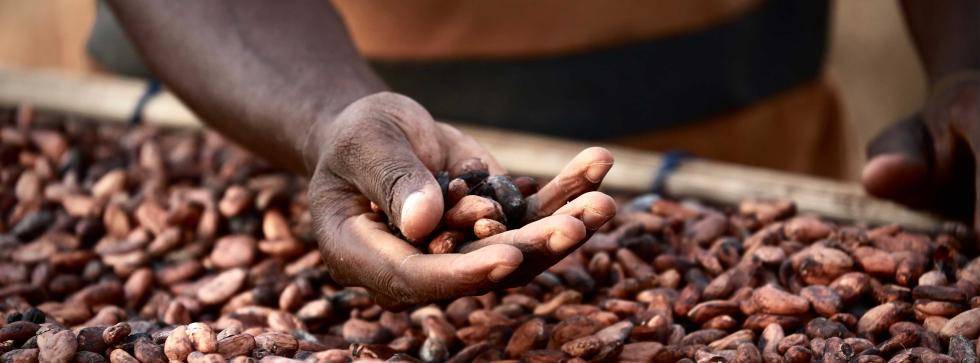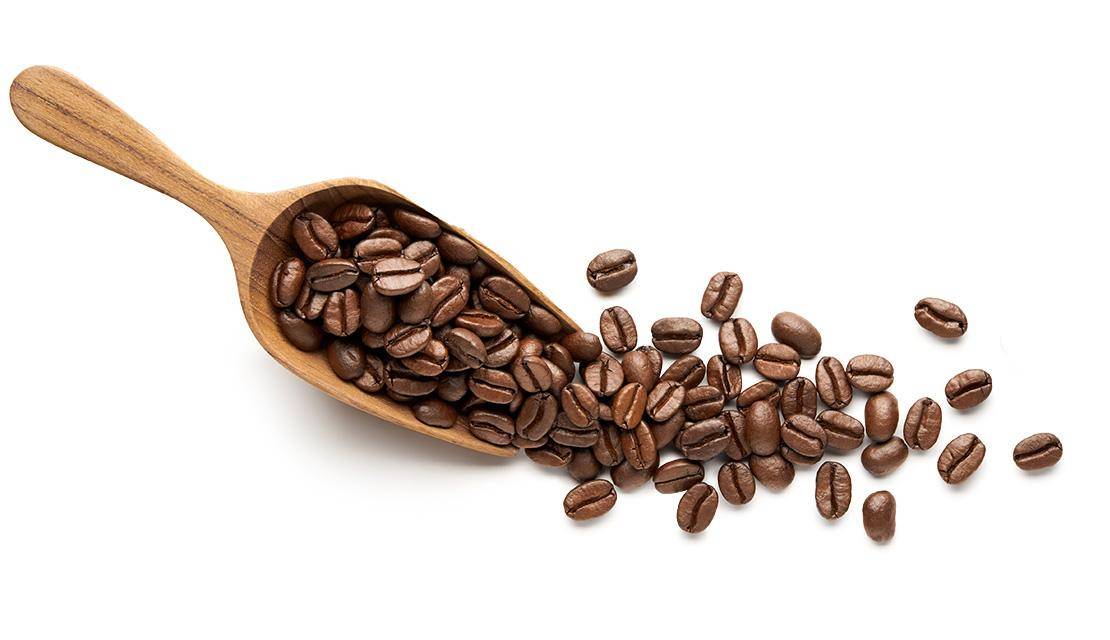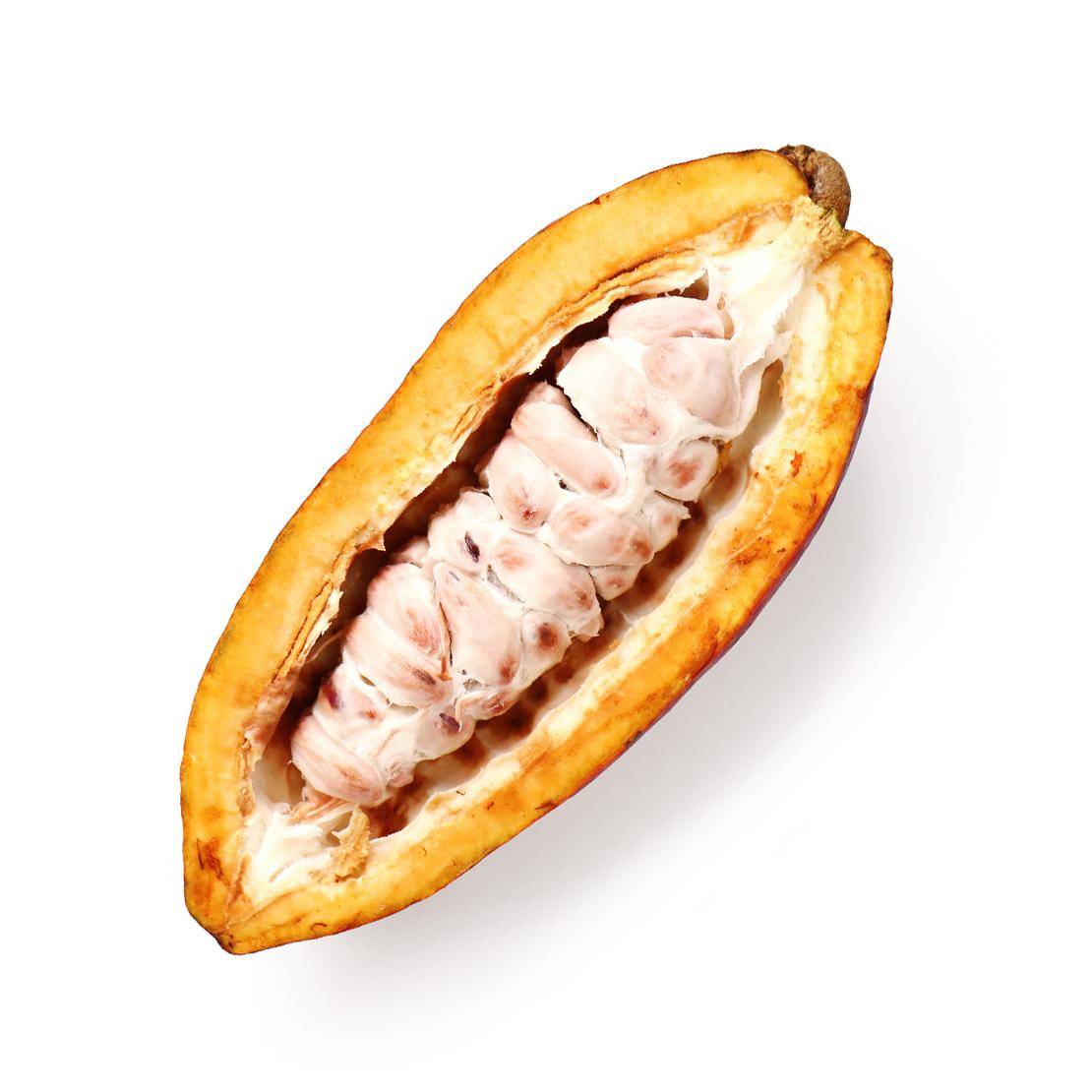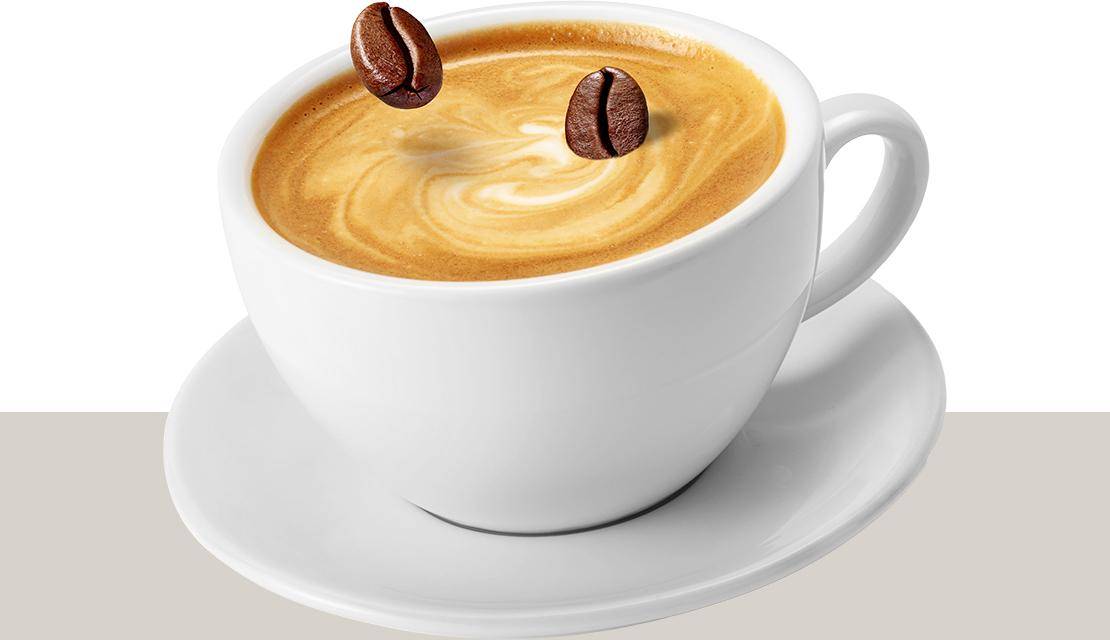The story of chocolate

The story of chocolate
Like coffee, cacao only grows and thrives in the humid climate around the equator, where the cacao tree – or Theobroma Cacao – is found from Ecuador to New Guinea. Its origins are deeply rooted in the Amazon.


The earliest example of cacao usage were found in the Americas on pieces of stone and ceramic fragments, at Mayo-Chinchipe sites in Ecuador that are approximately 5,300 years old
Almost two millennia earlier than previously thought, the Mayo-Chinchipe civilization brewed special, spicy, and bitter drinks from dried and roasted
cacao beans, mostly for tribal rites and celebrations.
A history Casparus Van Houten built upon. And perfected.
Cacao and coffee, more alike than we think
Both cacao and coffee beans originated around the Equator. Both are fermented, dried and roasted. And both have 3 main varieties, depending on their country of origin, the terroir on which they grow, and the altitude where they are found. All these properties give the beans their unique taste profile.
Premium and high-quality cocoa and chocolate cannot only complement coffee, but they can also improve one another. This represents a unique opportunity. One that’s premium, delicate, and sustainable at heart.
Cocoa, what was once considered the drink of the Gods, is now ready to reclaim its rightful place.


COFFEE
Historic roots
Unknown origin
Ethiopia 6th or 11th century
3 main genetic types or cultivars
• Arabica
(75% of global production)
• Robusta
(24% of global production)
• Liberica
(1% of global production)
Growth belt
20° North and South of the equator
Cultivation
In 70 countries, mainly:
• Brazil
• Vietnam
• Colombia
• Indonesia
• Honduras
• Ethiopia
cocoa
Historic roots
30th century BC
3 main genetic types or cultivars
•Criollo
(8% of global production)
• Forastero
(80% of global production)
• Trinitario: hybrid of Criollo and Forastero
(12% of global production)
Growth belt
23.5° North and South of the equator
Cultivation
In 50 countries, mainly:
• Ivory Coast
• Ghana
• Brazil
• Cameroon
• Dominican Republic
• Ecuador
